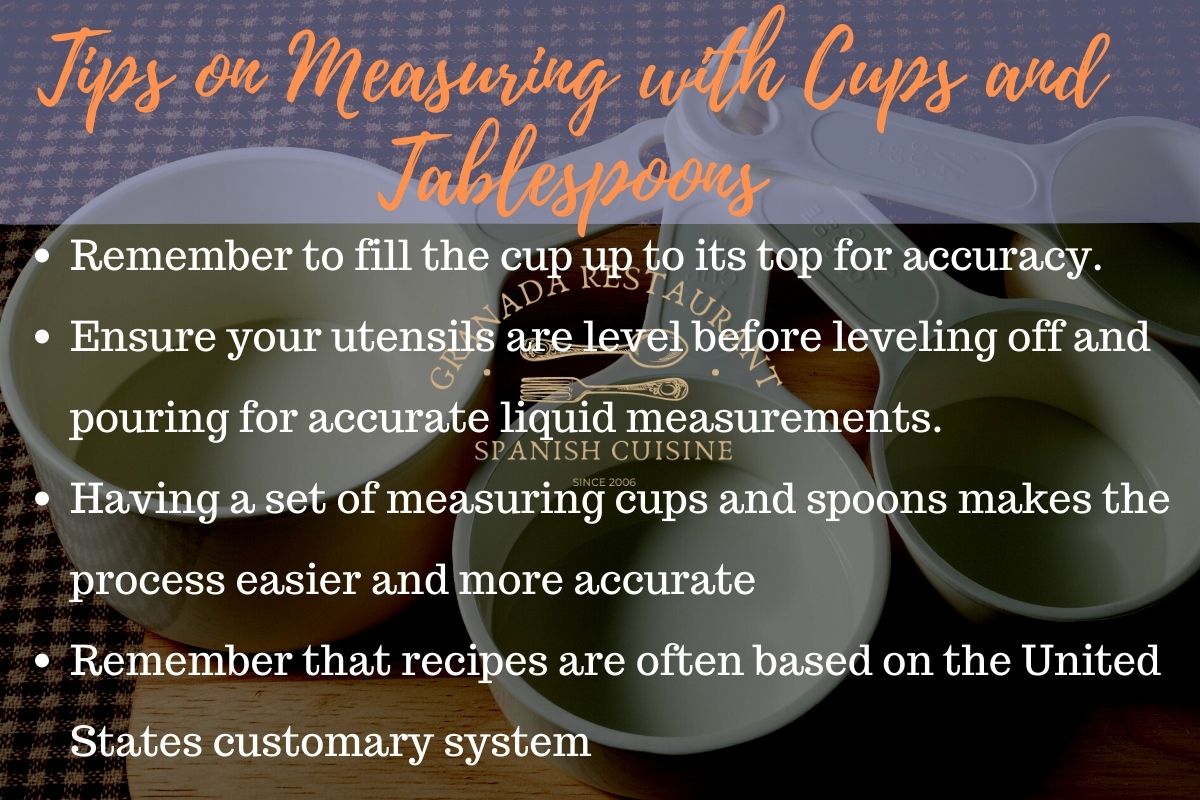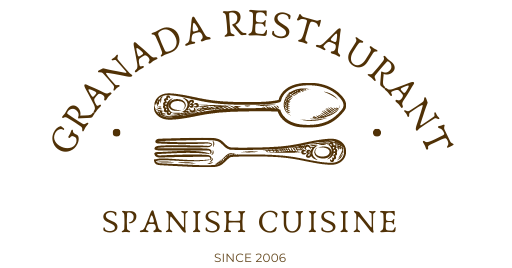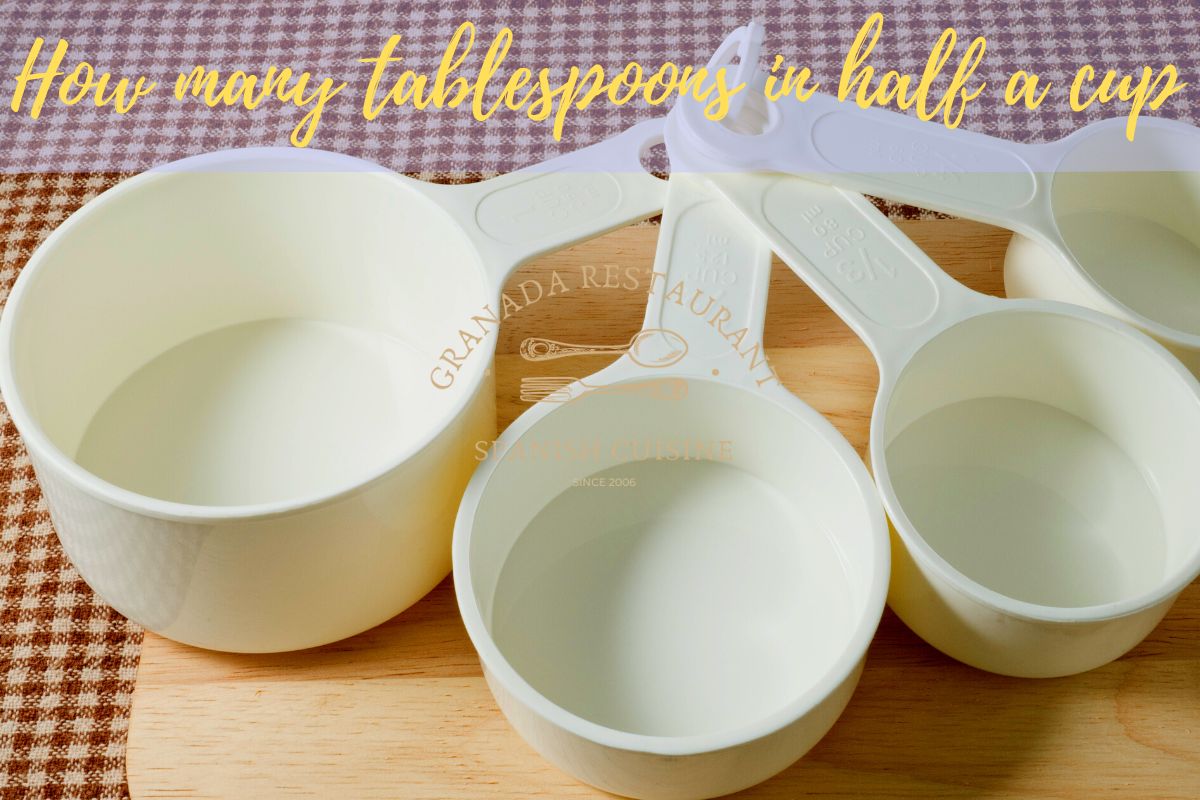If you’re wondering how to measure out ingredients for baking or cooking, understanding the difference between a tablespoon and cup is essential. With so many recipes calling for different amounts of teaspoons, tablespoons, and cups, it can be confusing – especially if you’re converting fractions like half a cup.
In this blog post, I will answer the common question: How many tablespoons in half a cup?
Overview of measuring cups and tablespoons
Measuring cups and tablespoons are essential kitchen tools that play a crucial role in ensuring the accurate measurement of ingredients while preparing recipes. These utensils come in various sizes and are designed to measure liquid and dry ingredients, contributing to a consistent cooking outcome.
Measuring cups
Measuring cups predominantly come in two forms – one designed for dry ingredients like flour, sugar, and oats and another for liquid ingredients like water, milk, and oil.
The dry measure cups feature flat rims, allowing leveled off contents, while liquid measure cups generally depict a spout and fill-line markers to aid in precise pouring.
|Find out: How many teaspoons in a cup? Quick conversion!
They are typically available in sets of graduated sizes, ranging from 1/8 cup to 2 cups (30 milliliters to 500 milliliters), with the most commonly used sizes being 1/4 cup, 1/3 cup, 1/2 cup, and 1 cup.
Tablespoons
Conversely, tablespoons are tools typically used to measure ingredients in smaller quantities, like spices, extracts, and leavening agents.
Alongside the tablespoon, the teaspoon is another frequently utilized small measuring spoon.
Both tablespoons and teaspoons come in various sizes – such as 1/8, 1/4, 1/2, and full – to enable precise measurements.
The standard measurement for a tablespoon is approximately 15 milliliters, while a teaspoon equals around 5 milliliters.
Tablespoons vs. Cups
Tablespoons and cups. These 2 small things contribute a huge part to our success in the kitchen. So, how do we convert between the two?
The conversion between cups and tablespoons
We need to dive deeper into these units and their relationships to understand the conversion between cups and tablespoons better.
A tablespoon is a unit of measure that belongs to the traditional set of volume units, which includes tablespoons, teaspoons, fluid ounces, cups, pints, quarts, and gallons.
Derived from the capacity of a utensil like a spoon, a tablespoon is used in most households to measure smaller quantities of food ingredients like sugar, spices, and liquids.
In the United States and Canada, a tablespoon equals half a fluid ounce, approximately 14.79 milliliters.
The United Kingdom, however, interprets a tablespoon as 15 milliliters or half a fluid ounce for nutritional labeling purposes.
Now, let’s focus on the cup itself. A cup is another common unit of measurement found in various regions worldwide, with slight differences arising between the US and the UK. As a household unit, a cup is a container that frequently measures and contains liquid or dry ingredients in vast quantities.
In the United States customary system, a cup is defined as 8 fluid ounces or 237 milliliters, whereas the metric cup follows the international system and contains 250 milliliters.
In the United Kingdom, a cup is often regarded as 10 fluid ounces, equivalent to 284 milliliters.
For this discussion, we will base our calculations on the United States customary system, where a cup equals 8 fluid ounces or 237 milliliters.
How many tablespoons in half a cup?
Half a cup is a common unit of measurement used in cooking and baking to quantify various ingredients. Precise measurements are important when preparing a recipe, as they ensure consistency in taste and texture.
|Check out: 30ml vs Tablespoons: Conversion Cheat Sheet for Home Cook
We can determine the number of tablespoons in half a cup using the established conversion rates. Since a tablespoon holds half a fluid ounce or approximately 14.79 milliliters, and a cup is equivalent to 8 fluid ounces (237 milliliters), we can perform the following calculation:
1 cup = 8 fluid ounces = 8 x 2 tablespoons = 16 tablespoons
Therefore, half a cup will contain the following:
1/2 cup = 1/2 x 16 tablespoons = 8 tablespoons
Hence, in the United States customary system, half a cup contains precisely 8 tablespoons.
While converting recipes, it’s important to remember that there can be slight regional variations, and one should always confirm their measuring system to avoid inconsistencies.
Still, the well-known rule that 8 tablespoons equal half a cup is deeply rooted in the world of cooking, allowing for accurate measurements and tasty dishes.
Tips on how to measure with cups and tablespoons
- When measuring ingredients with cups, always remember to fill the cup up to its top for accuracy. Spoons should be filled slightly above the spoon’s rim when measuring dry ingredients like sugar, as a small mound of the ingredient is desirable for consistent measurements.
- Ensure your utensils are level before leveling off and pouring for accurate liquid measurements.
- Having a set of measuring cups and spoons makes the process easier and more accurate, as you will have a range of sizes to choose from.
- It’s also important to remember that recipes are often based on the United States customary system. Hence, if your recipe calls for half a cup of an ingredient, you can use 8 tablespoons to accomplish the task.
The above-mentioned tips will help you obtain accurate measurements when using cups and spoons.

FAQs
How many tablespoons in a cup?
In the United States customary system, 1 cup equals 16 tablespoons. This value is derived from the fact that 1 tablespoon equals 1/16 of a cup, or 0.0625 cups. Knowing this conversion is crucial when preparing recipes, as it allows a smooth transition between units to ensure the proper scaling and consistency of the ingredients in the dish.
How many tablespoons are in a quarter cup?
A quarter cup is equivalent to 4 tablespoons. This fact can be derived from the standard measurement equivalences in the United States customary system, where 1 cup equals 16 tablespoons. A quarter (1/4) of this original volume results in precisely 4 tablespoons (1/4 * 16 = 4).
How many teaspoons are in a tablespoon?
A standard teaspoon can hold approximately 5 milliliters (mL) or 0.17 fluid ounces (fl oz) of liquid.
A tablespoon holds about 15 milliliters (mL) or 0.51 fluid ounces (fl oz) of liquid.
The conversion ratio is as follows:
1 tablespoon (tbsp) = 3 teaspoons (tsp)
This means that there are three times as many teaspoons in a tablespoon.
How many milliliters are in a tablespoon?
A tablespoon equals about 15ml.
How many milliliters are in a teaspoon?
A teaspoon can hold about 5ml.
How many cups are in a liter?
To convert liters to US cups, we follow these steps:
- Convert liters to milliliters: 1 liter = 1,000 milliliters.
- Divide the milliliters by the conversion factor to find cups: 1,000 milliliters ÷ 29.5735 milliliters/US fluid ounce.
The result is approximately 33.814 US fluid ounces per liter.
As we know, there are 8 fluid ounces in a US cup; we can further divide the result by 8:
33.814 US fluid ounces ÷ 8 fluid ounces/US cup = 4.22675 US cups
Hence, there are approximately 4.23 US cups in a liter.
However, it is important to remember that this conversion is most applicable when using the US customary system, and slight variations may be encountered when dealing with the Imperial system or other regional definitions of a cup.
—
As we’ve conclusively seen in this blog post, half a cup is equivalent to 8 tablespoons, and measuring accurately is undoubtedly important for successful culinary results. By understanding the conversion of tablespoons to cups and the number of tablespoons in half a cup, you can ensure that you’re cooking delicious dishes with precision every time.
Whether following an exact recipe or creating something unique, measuring accurately with these tools provides the most delightful outcomes.
Further Reading:
- Measurement Conversion Tables – USDA
- Measuring Cups and Spoons – CDCP
- Guide to Common Cooking Measurements – NIH
- How to Measure Dry Ingredients: 12 Steps – wikihow
- How to Convert Milligrams to Teaspoons – wikihow

I am Benjamin Nunez, and I love Spanish food, Italian food, and seafood. I have worked in kitchens all my life. I started as a dishwasher when I was just a teenager, and worked my way up to being a head chef.
I specialize in Spanish cuisine, but I can make any kind of Italian or seafood dish you want. My kitchen is always open! Website: https://granadarestaurant.com/

